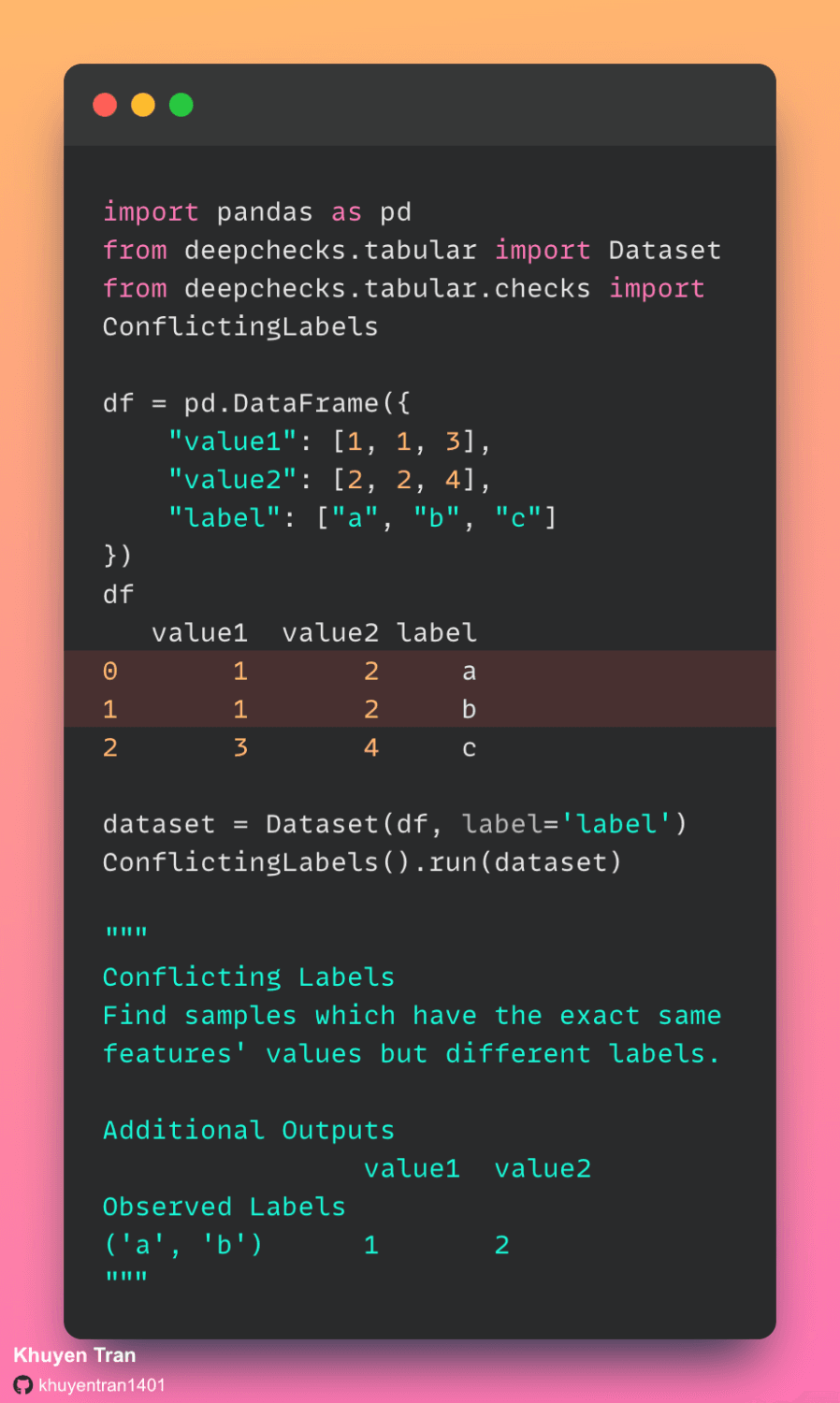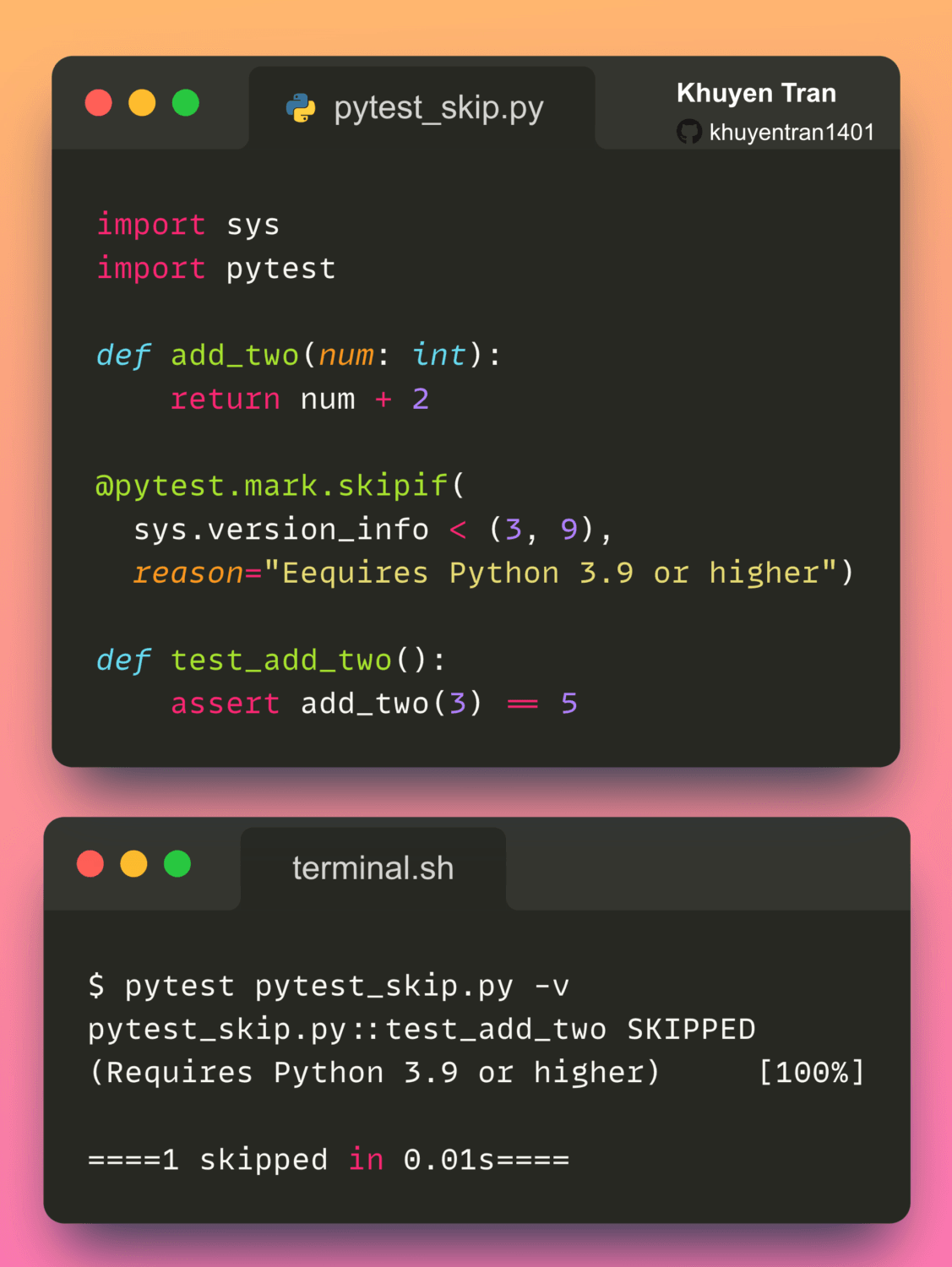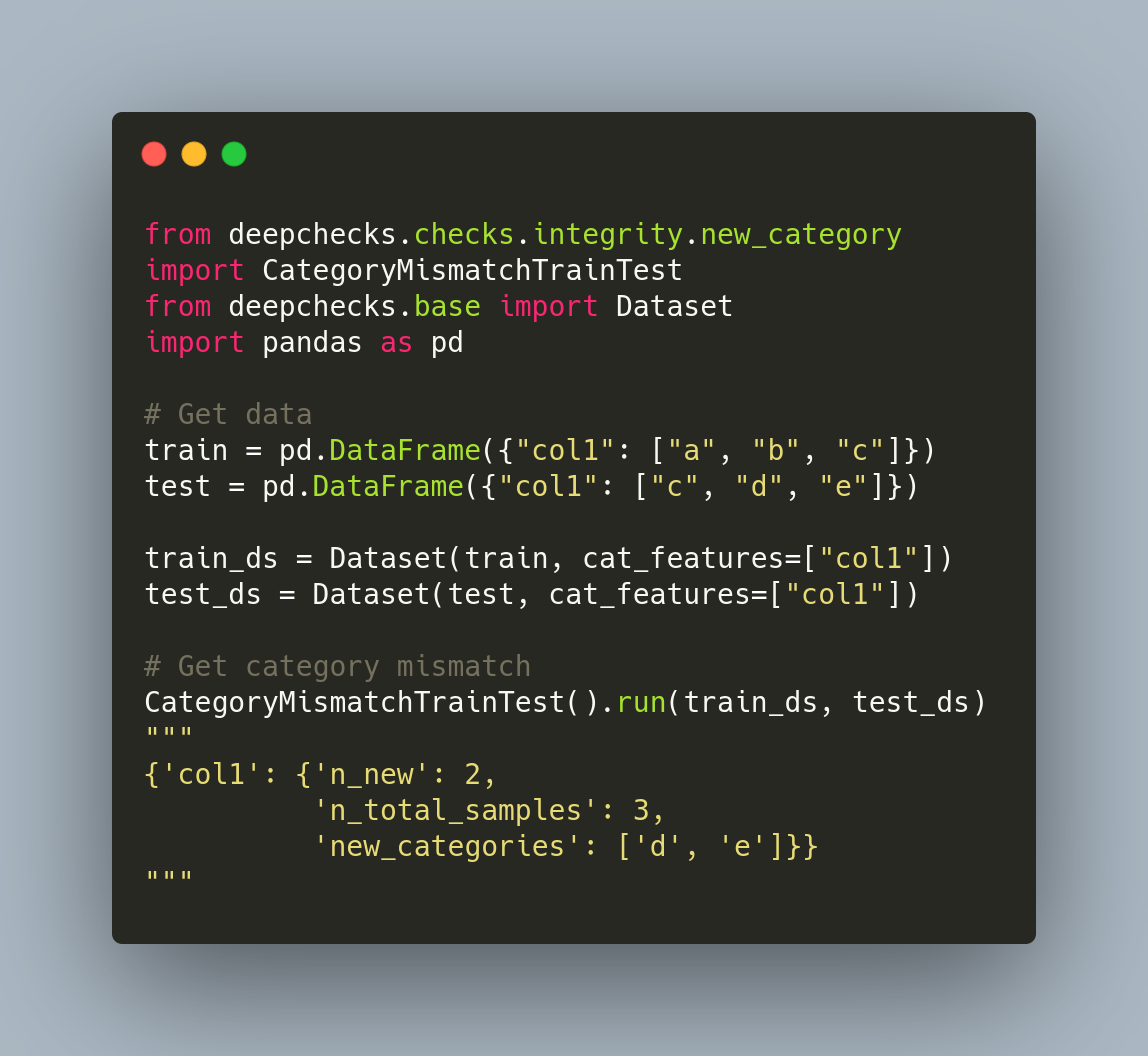Check Conflicting Labels with Deepchecks
Sometimes, your data might have identical samples with different labels. This might be because the data was mislabeled.
It is good to identify these conflicting labels in your data before using the data to train your ML model. To check conflicting labels in your data, use deepchecks.
In the example above, deepchecks identified that samples 0 and 1 have the same features but different labels.
My previous tips on testing.
Favorite
Check Conflicting Labels with Deepchecks Read More »










